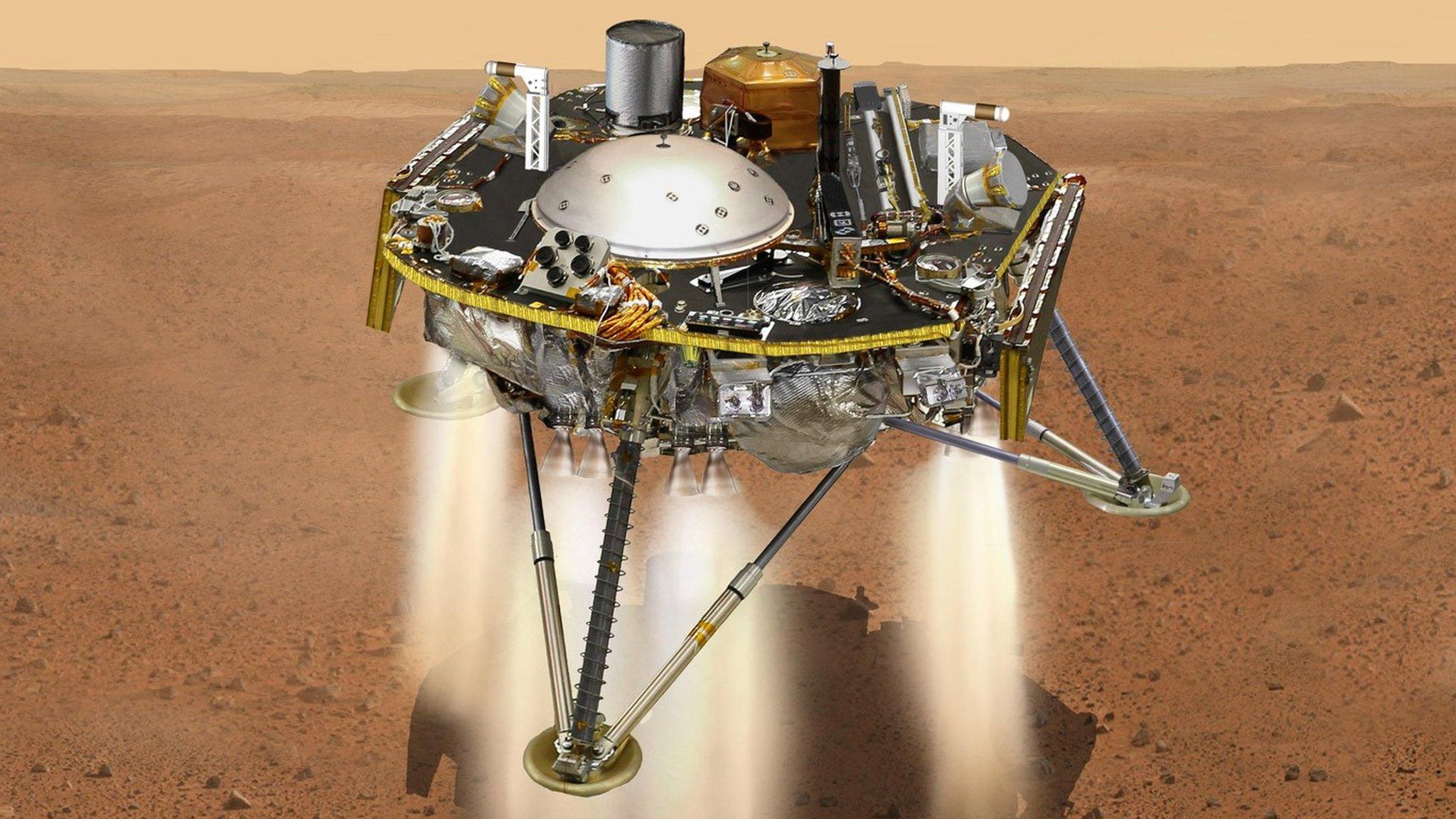Mars: Research reveals more about the red planet's core
- Published
- comments
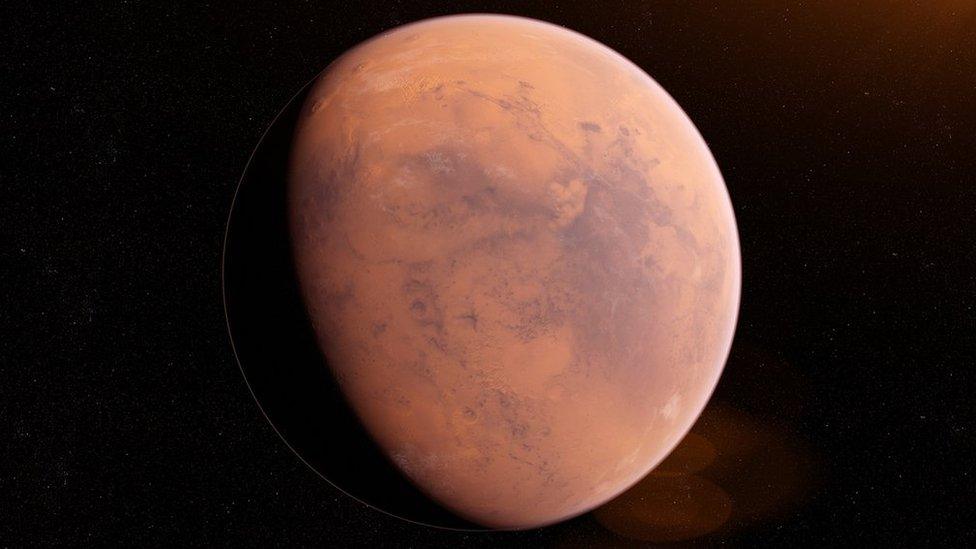
What is the centre of Mars like, and how did it form?
A group of scientists from the University of Bristol have been using data from Nasa's InSight lander to help them find out more about the red planet.
By using sound energy, they discovered that Mars' liquid centre is denser and smaller than previously thought.
Dr Jessica Irving, who is a senior lecturer and was in charge of the research team said: "The new results are important for understanding how Mars' formation and evolution differ from those of Earth."

Nasa's InSight lander helped the scientists in their research
Back in 2018 Nasa's InSight lander used a seismometer - a device used to measure ground noises and shaking caused by things like quakes, eruptions, and explosions - to measure seismic waves on the planet.
During it's time on the planet the lander measured two seismic signals, one from a very distant 'Marsquake' and one from a meteorite hitting the far side of the planet.
These allowed the scientists to learn more about the make-up of the centre of the planet.
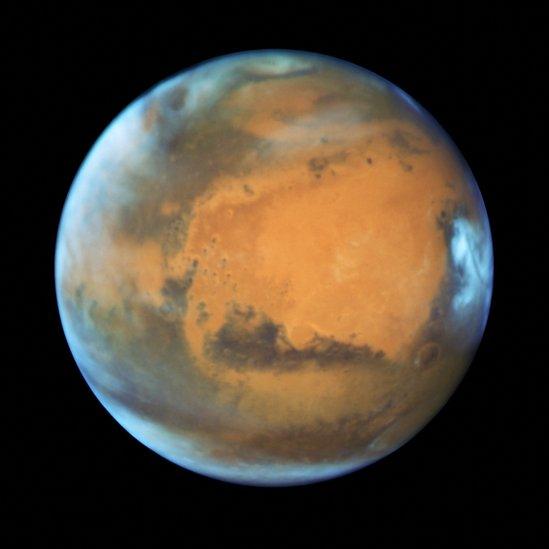
"We've effectively been listening for energy travelling through the heart of another planet, and now we've heard it." said Dr Jessica Irving.
"These first measurements of the... properties of Mars' core have helped us investigate its composition. Rather than being just a ball of iron, it also contains a large amount of sulphur, as well as other elements including a small amount of hydrogen." she said.
The researchers then used these measurements to build models of the planet, describing what the core looked like.
- Published24 April 2019
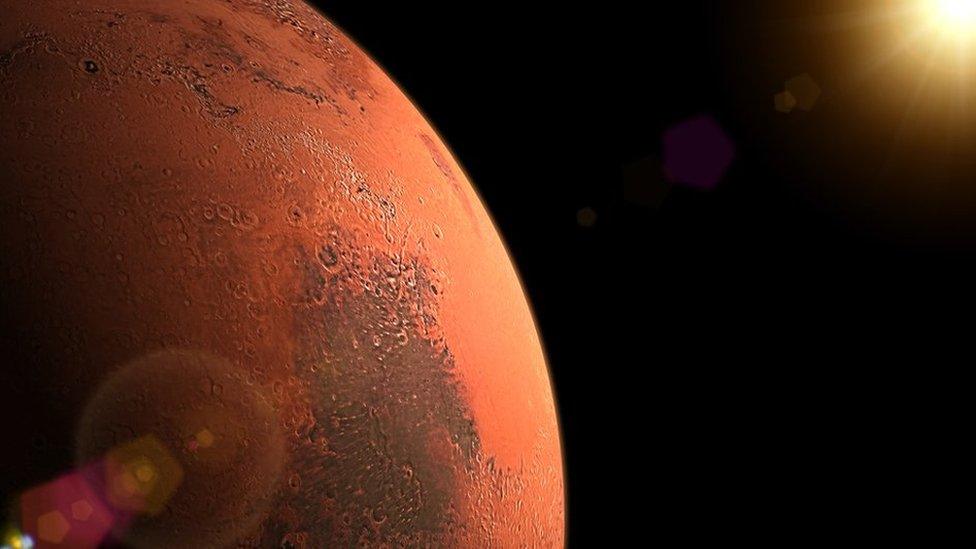
- Published27 November 2018
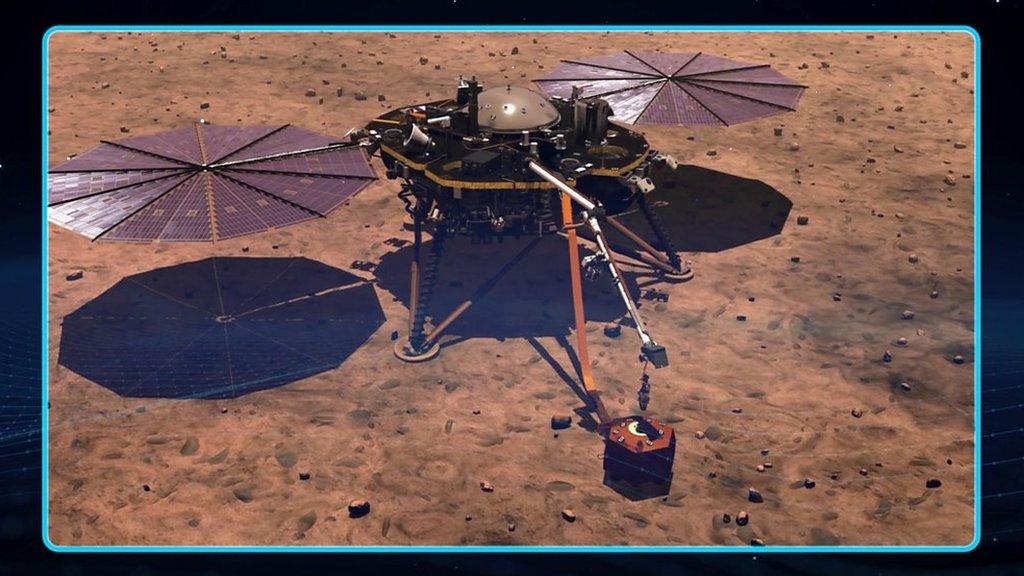
- Published27 November 2018
